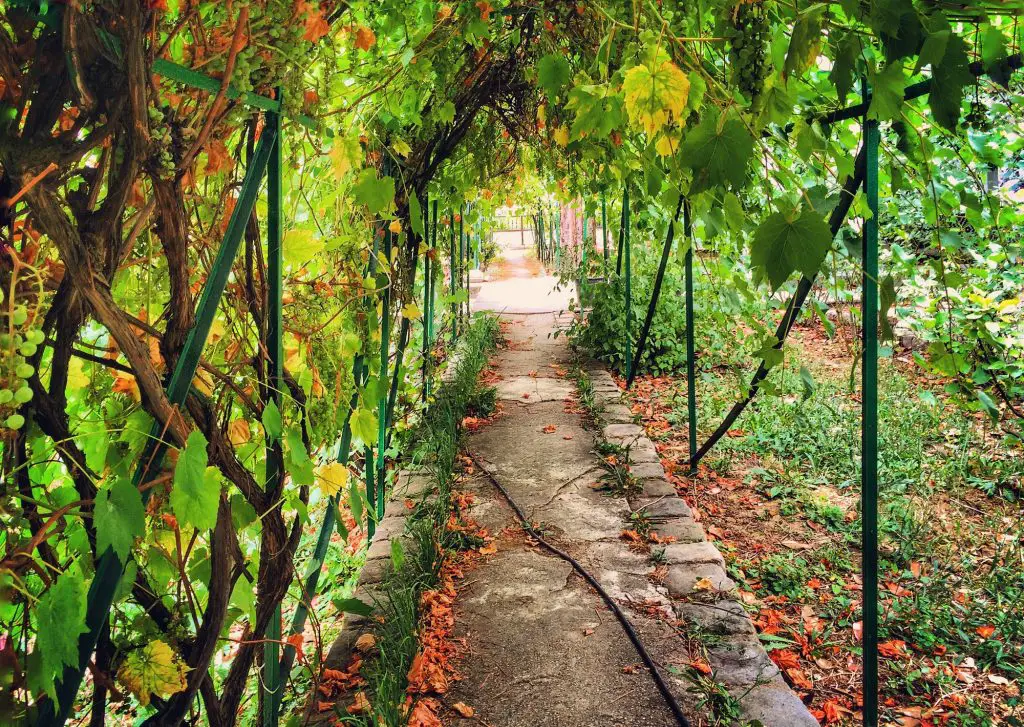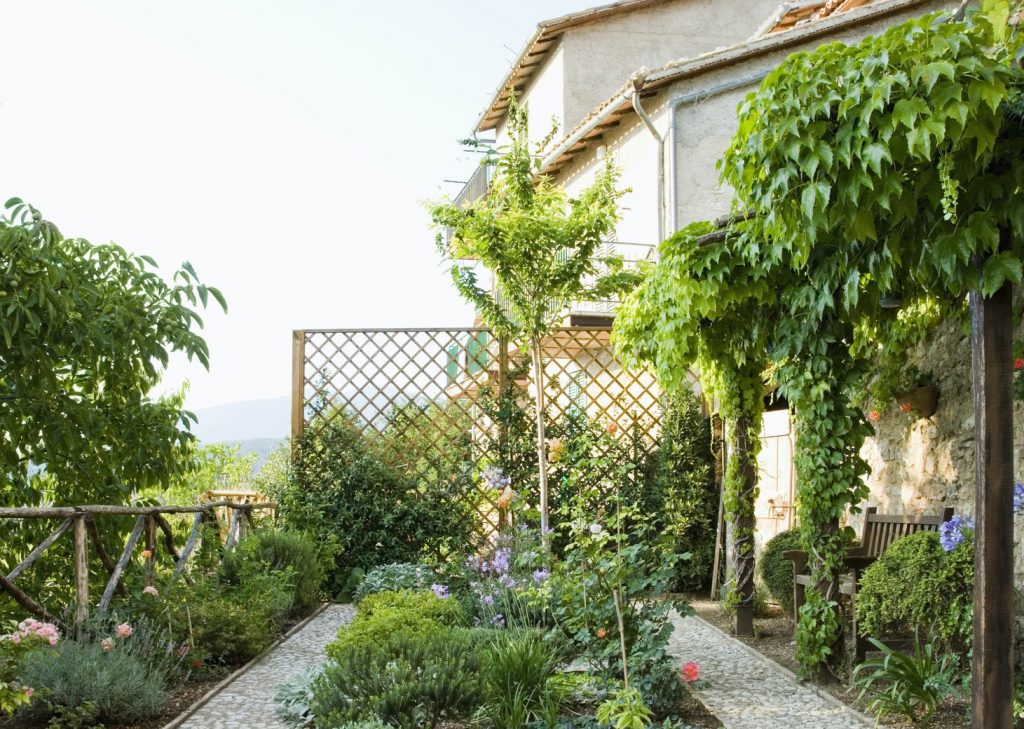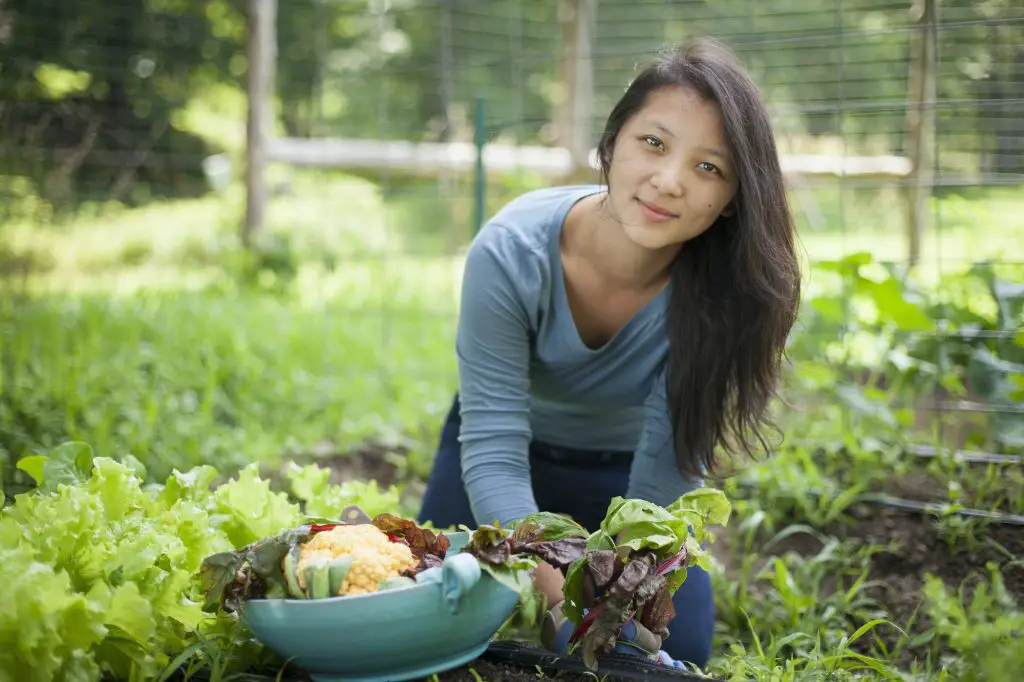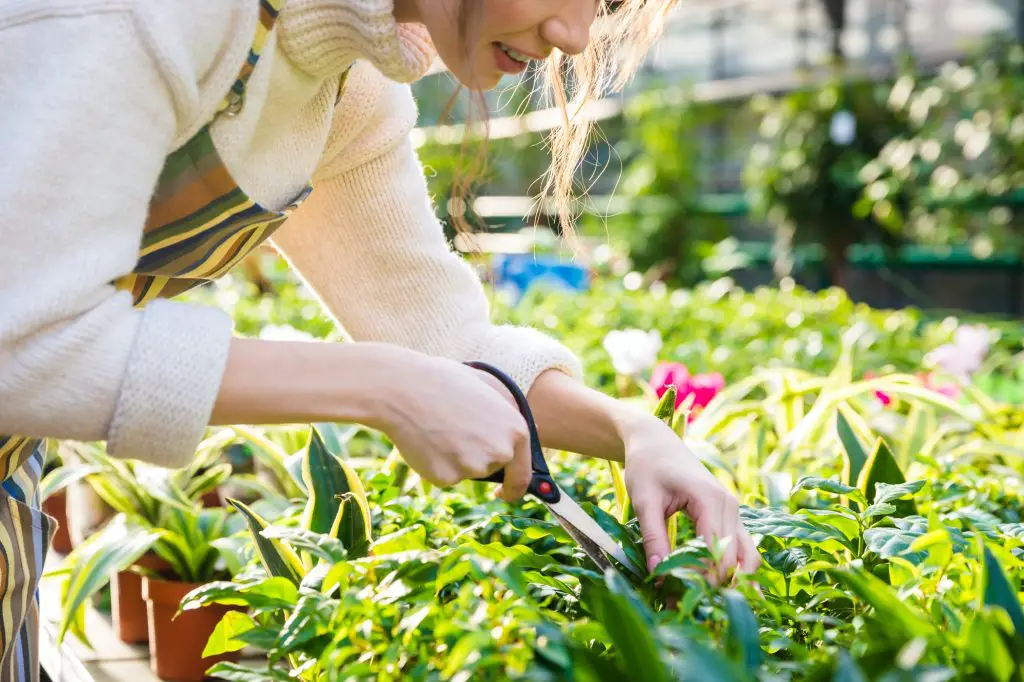Gardening is one of the oldest occupations known to man.
Man has been involved in the act of cultivating plants, packaging, marketing, and distributing them for as long as man came into existence. Often this is done in places that are distant from human settlements; Rural areas.
Table of Contents
What is Urban Gardening?
Urban gardening is simply the act of cultivating plants and rearing animals in a city, town, or place that has a high population and infrastructure. It also involves packaging, marketing, and distributing these products. Urban gardening involves Aquaculture, animal husbandry, agroforestry, and many others.
Like gardening/ farming, urban gardening has had its root amongst humans for a long time, as far back as during the World War. Urban gardening was encouraged when food shortages arose during the war and times of depression.
For example, in Germany, allotment gardens were introduced in the early 19th century as a response to poverty and food insecurity. Allotment gardening is a type of urban gardening and it is also called community gardening, it is done by giving a piece of land to individuals to grow food plants. regardless, it is noncommercial, unlike Urban gardening.
Types of Urban Gardening
Urban gardening can be owned by different numbers of people, from an individual to a group of people. Here are the types of urban gardening there are today.
1. Backyard gardening
This is cultivation on home properties with the purpose of consumption. The proceeds are usually divided among family, friends, and neighbors. They can be stored or preserved.
2. Tactical Gardening
This is the use of space in the surroundings that is available for growing crops with fewer expenses.
3. Street landscaping
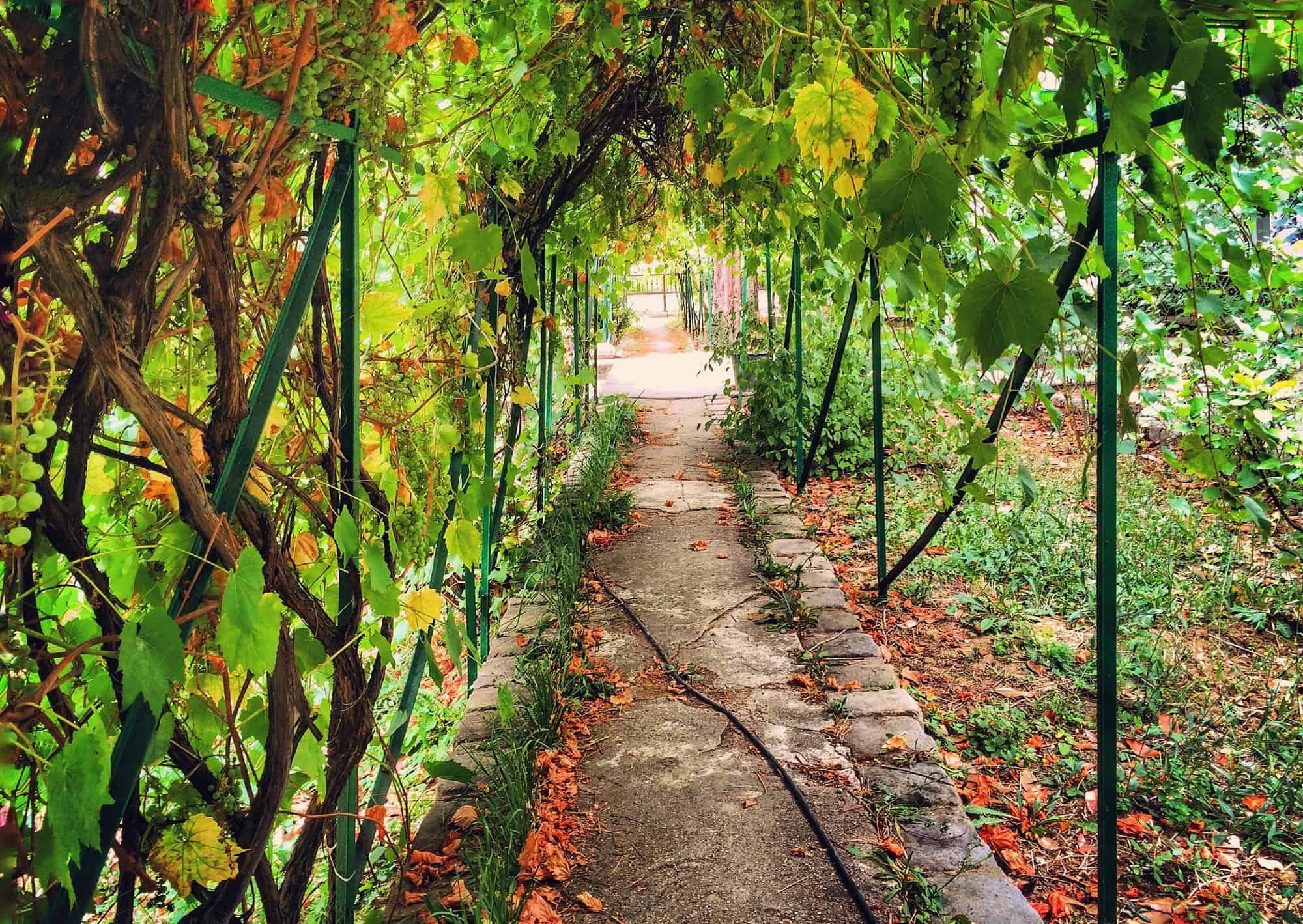
This is designing a street or neighborhood for different uses. Community gardening is an example of one of the uses. The aim is to provide food for the neighborhood and to beautify the environment.
4. Greenhouses
These are greenhouses that are built-in residential or commercial areas. Greenhouses are buildings built for plants that require certain climate conditions. They are commonly built with transparent equipment; glass. A greenhouse requires a significant land space.
5. Forest gardening
These are gardens that are within an urban forest. This garden is achieved by planting vegetables, fruits, herbs, etc.
6. Animal Husbandry
This is rearing animals in urban settings for consumption. You can focus on different types of animals ie poultry, rabbits, goats, or rabbits. However, for some cities, there is a limit to the number of animals you can rear.
7. Aquaponics
This is the rearing of fish(aquatic creatures) in urban settings. It is usually done by using artificial fish ponds.
8. Green wall
This is done by growing food crops on the wall; either the internal or the external space.
Some advantages of Urban Farming
Over the years, various people from all walks of life have devoted themselves to urban gardening, this is so because urban farming wields a lot of benefits for the farmers, and the environment at large.
The following are some advantages of urban farming and why it needs to be encouraged.
1. Food security
Food security is the availability of and access to food by individuals. Because of the system of living in urban areas, healthy food vegetables are costly as opposed to processed food and these processed foods are bad for the body as they cause various health issues. Urban gardening makes fresh food and fruits available to everyone at an affordable price.
2. Urban gardening Promotes empowerment
Because of the lifestyle of the city and urban areas, a lot of people have forgotten where their food comes from and how to grow their food. In the next 10 years, there may be just a few people left who know just how to! Urban gardening helps you to learn how to grow food and fruits and in turn, you can teach others this special skill. You can educate your neighbors, children and other persons too.
3. Improves healthy living
The world we live in today depends on fast and refined food. Many of what we consume lack the nutrients that we need to lead healthy lives. They also damage the body by causing ailments, like; obesity, diabetes, blood pressure. Urban gardening provides food and fruits that are rich in nutrients, vitamins that we need to stay healthy, they also provide herbs for healing.
4. Urban Gardening Fosters unity and commitment in a community

A community has a reason to come together when they know they have something in common. Activities like gardening can foster togetherness amongst the members of a community. They are also able to make decisions that will foster the growth of the community. Cultural practices are also shared. They can learn about themselves and what is indigenous to them, share information, learn how to put them to use, and pass it on to other generations.
5. Lessens carbon emission
Urban gardening makes food available where it is going to be consumed. This reduced carbon emission that is gotten from transportation.
6. Economic growth
Urban gardening is a beautiful way to foster economic growth, asides the fact that it provides healthy food for the environs, it also creates a source of income for the farmers and employment opportunities for people around.
Urban gardening should be encouraged among people living in urban settlements. Apart from the health benefit and economic growth and every other benefit it provides, it is a valid path to saving our planet. There is no planet B.


